Every year, hundreds of pre-1904 vintage cars line up in Hyde Park at 7am to take on the 54-mile trek to Madeira Drive in Brighton. We've even done it ourselves. But how did the tale of the London to Brighton Veteran Car Run all begin?
The answer to that can be traced back to the very early days of the car. In 1865, two decades before the launch of the Benz Patent-Motorwagen (widely regarded as the first production car), British parliament implemented the Red Flag Act.
This series of laws imposed a blanket speed limit of 4mph for all motor vehicles, with the limit lowered to 2mph in towns. Famously, it also required a man with a red flag to walk ahead of the vehicle.
Although this law was removed in 1878, the rest of the rules were preventing the British motoring industry from expanding, with its French and American rivals pulling ahead in automotive development.
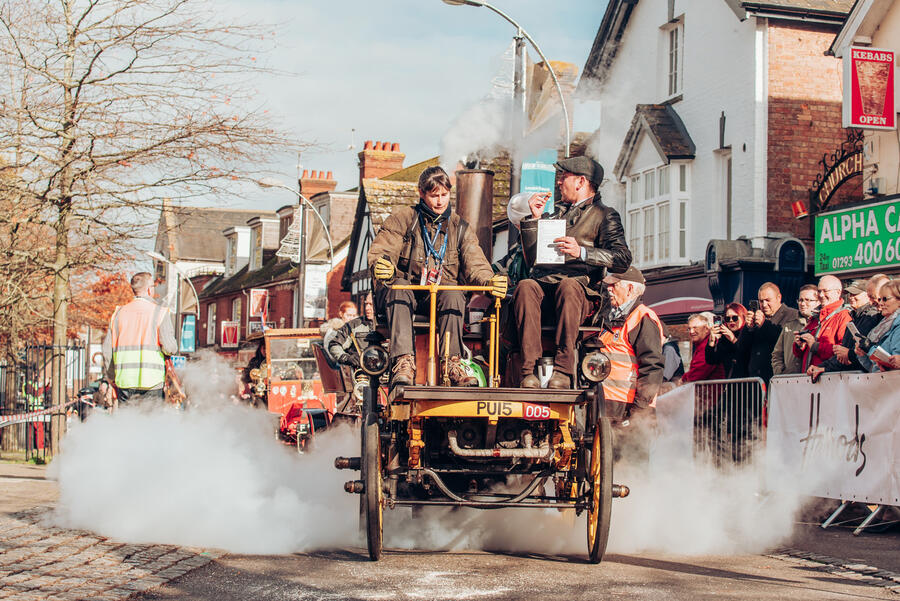
Automotive pioneer Henry Lawson wanted to change this. A businessman who had previously been known for patenting the chain-driven 'bicyclette' (one of the first modern bicycles), he set up the Motor Car Club in 1895 and began to campaign for the relaxation of these laws.
Parliament eventually caved in, passing the Locomotives on Highways Act in November 1896. This act raised the speed limit to 20mph, although many Local Government Boards reduced it to 12mph in their jurisdictions.
“It was a seminal moment in time,” explains Ben Cussons, the chairman of the Royal Automobile Club, the organisation that has curated what is now the world’s longest-running motoring event since 1930. “The new law was a life-changer in so many ways: it totally transformed the perspectives of social mobility and personal freedoms and, of course, spawned exciting new industries.

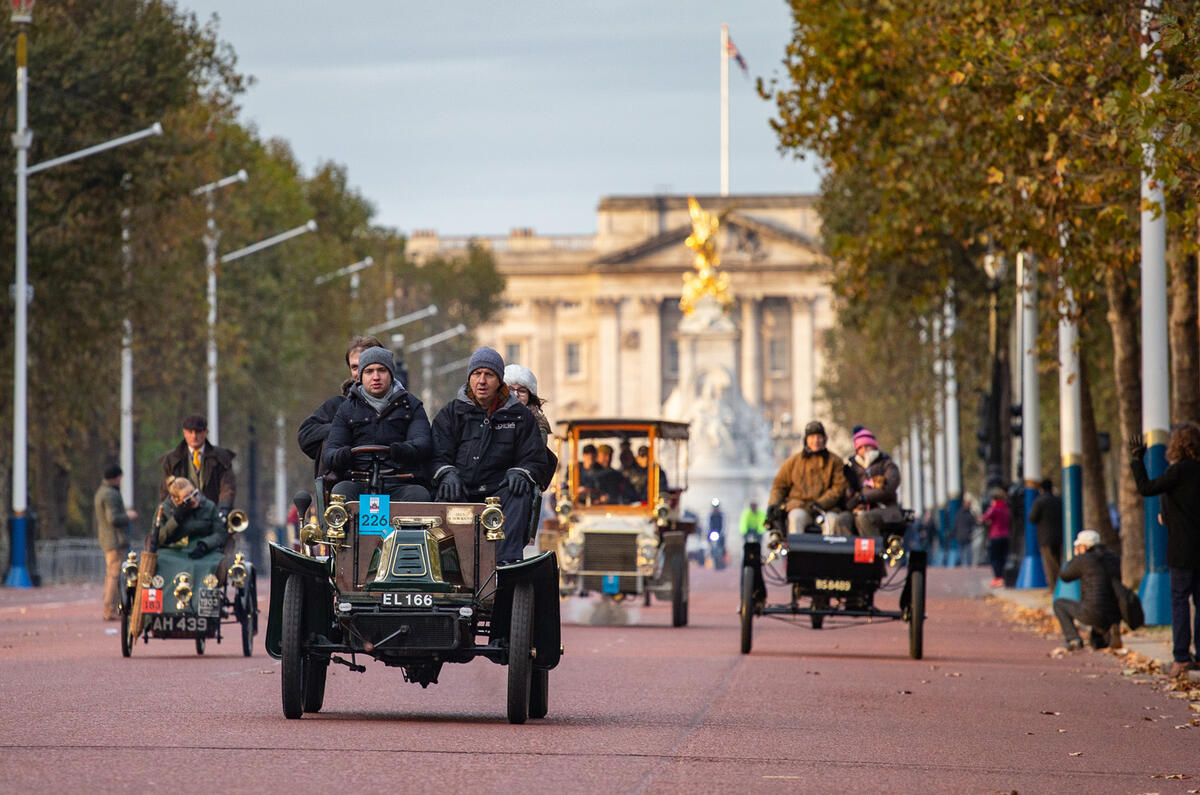
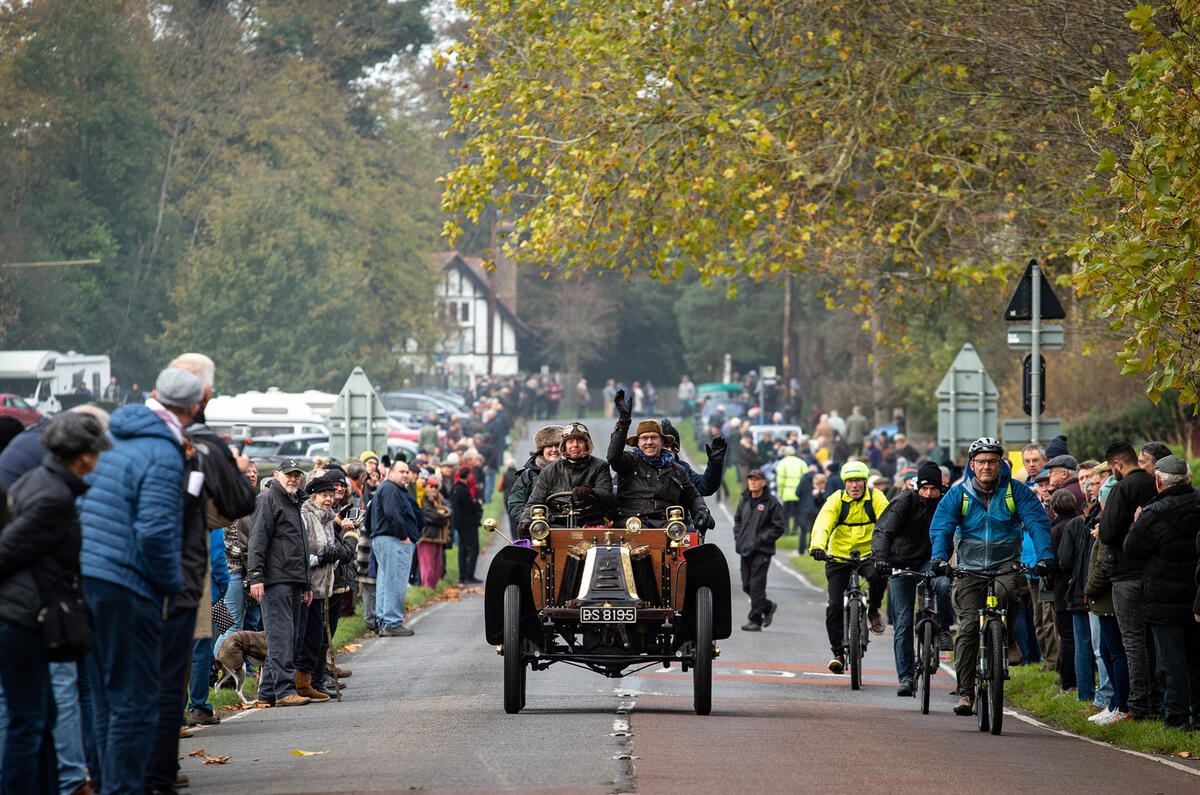
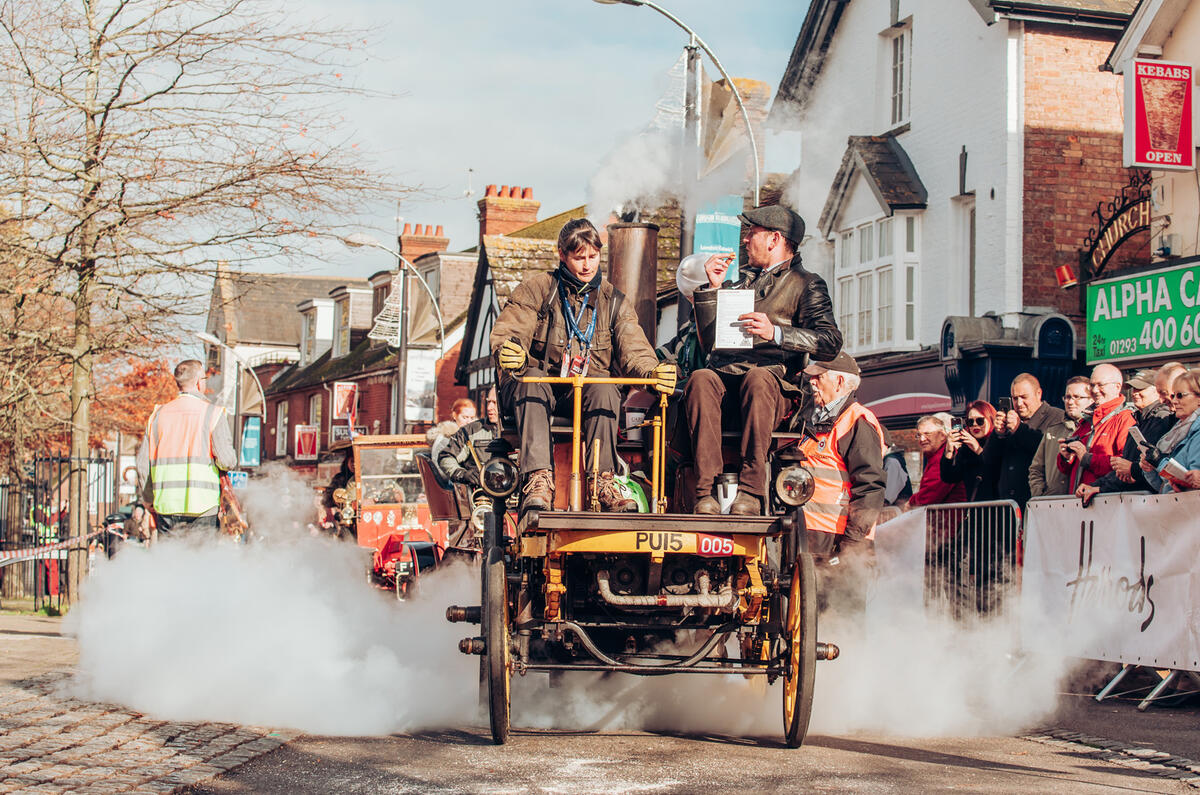
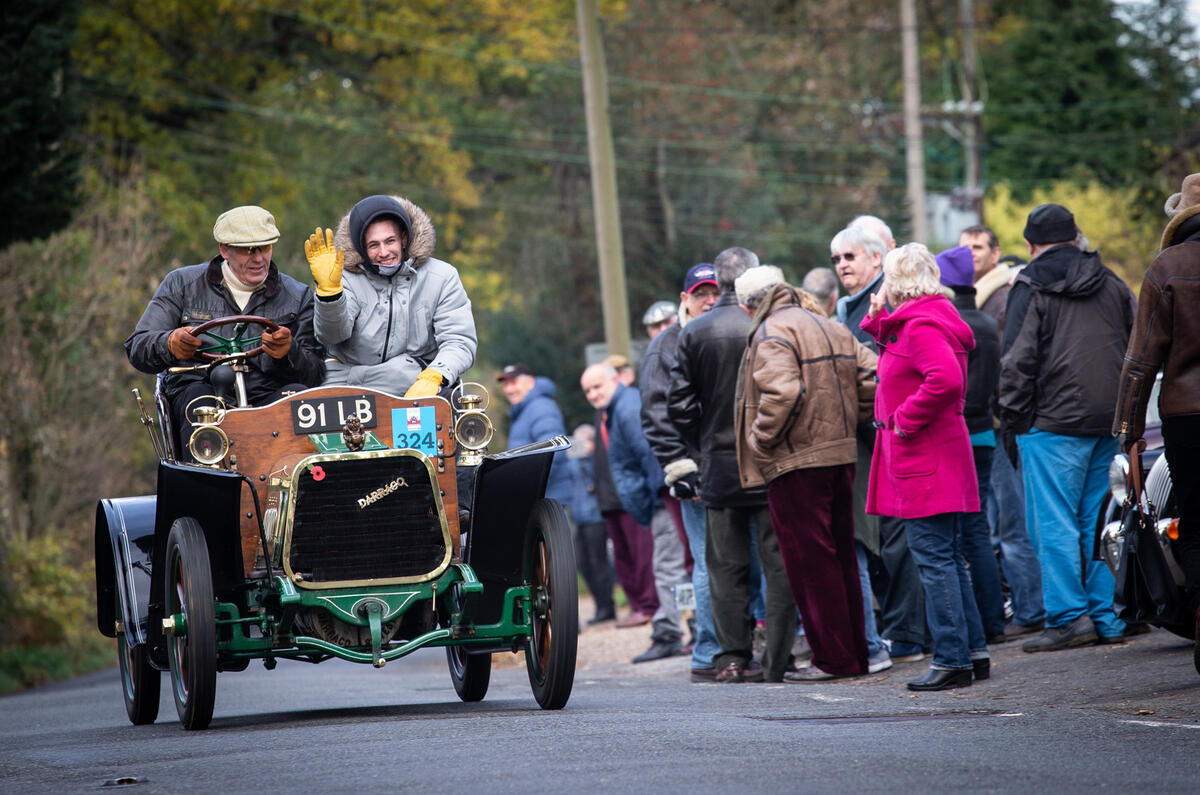
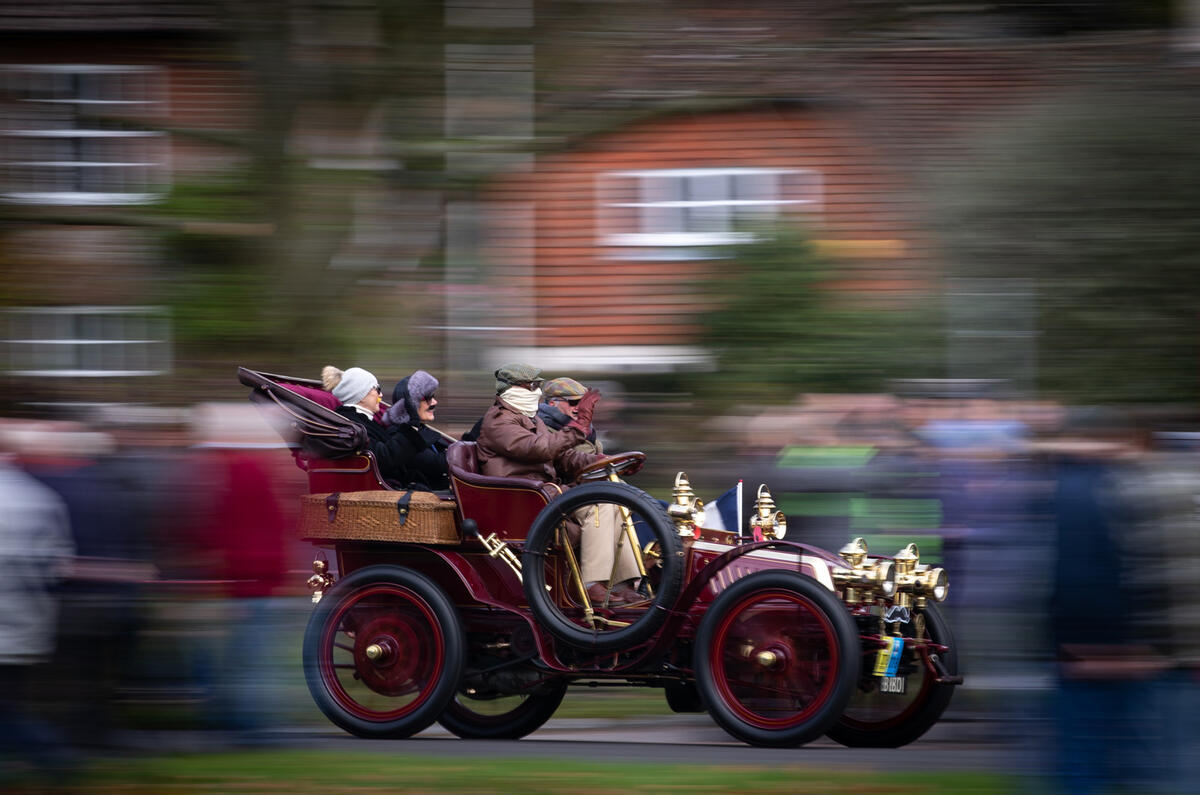
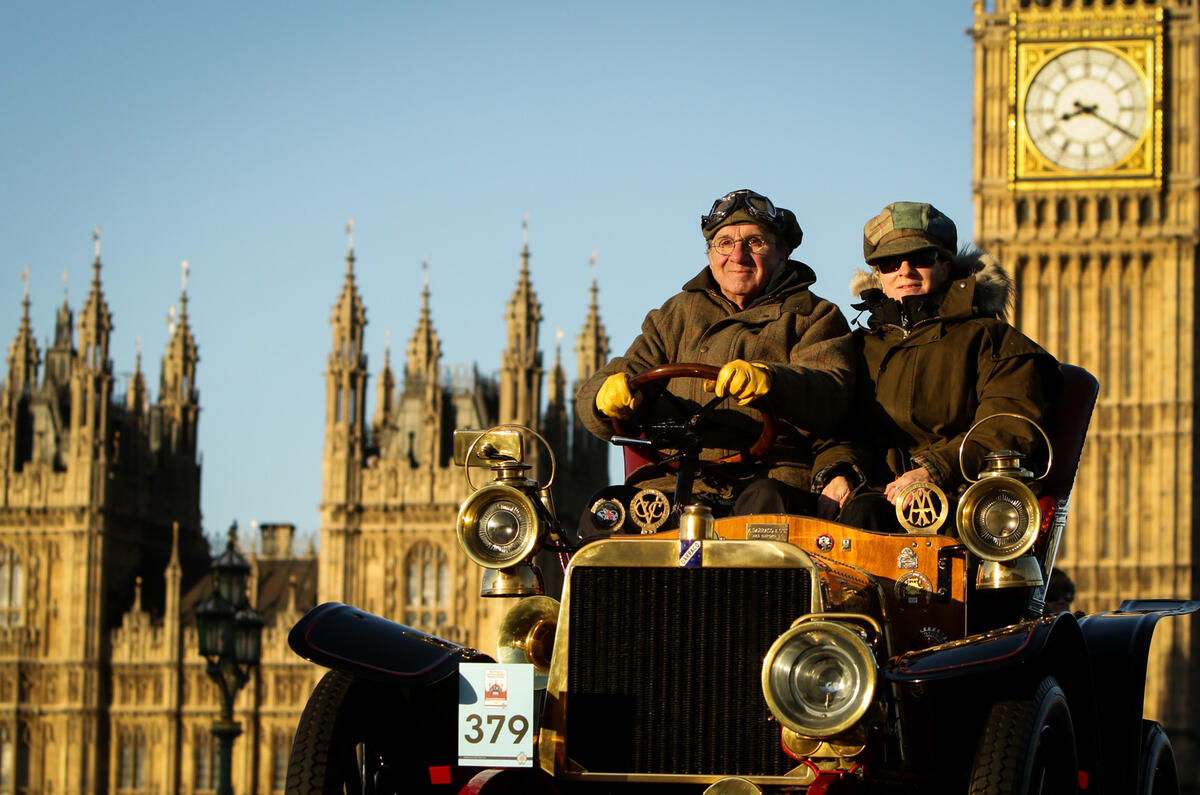
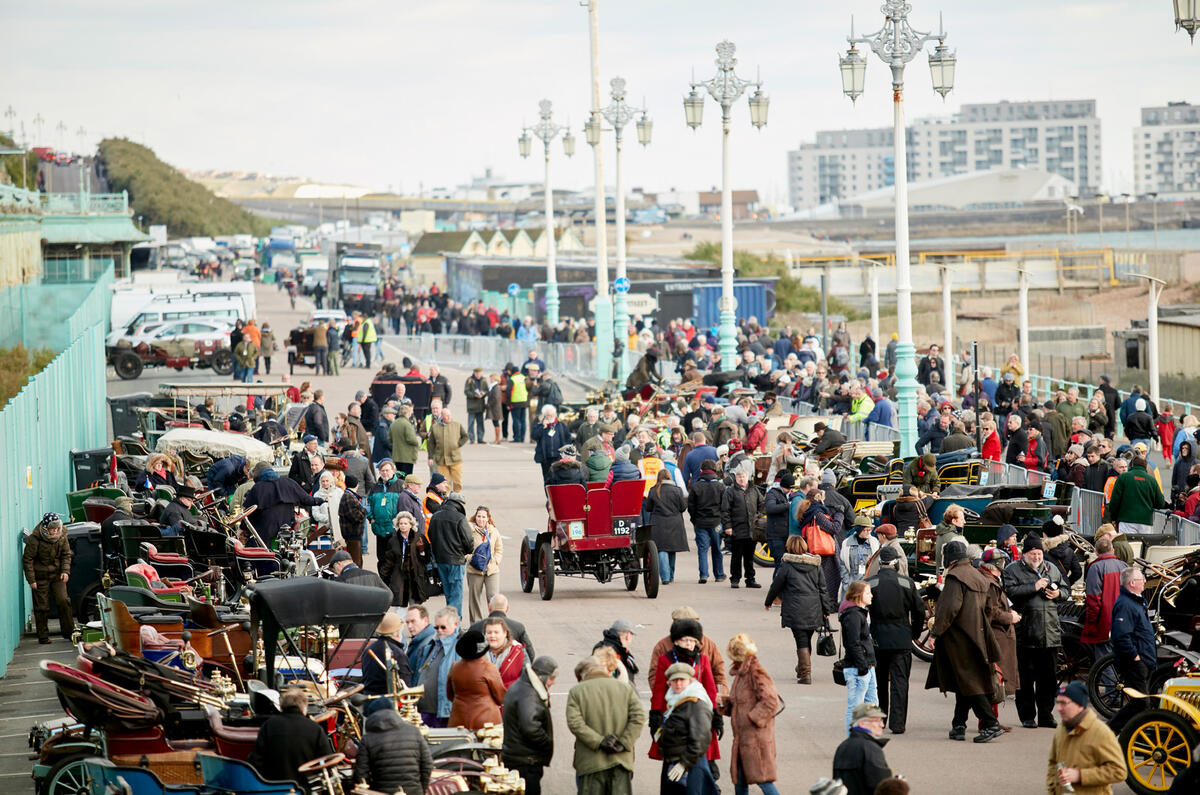
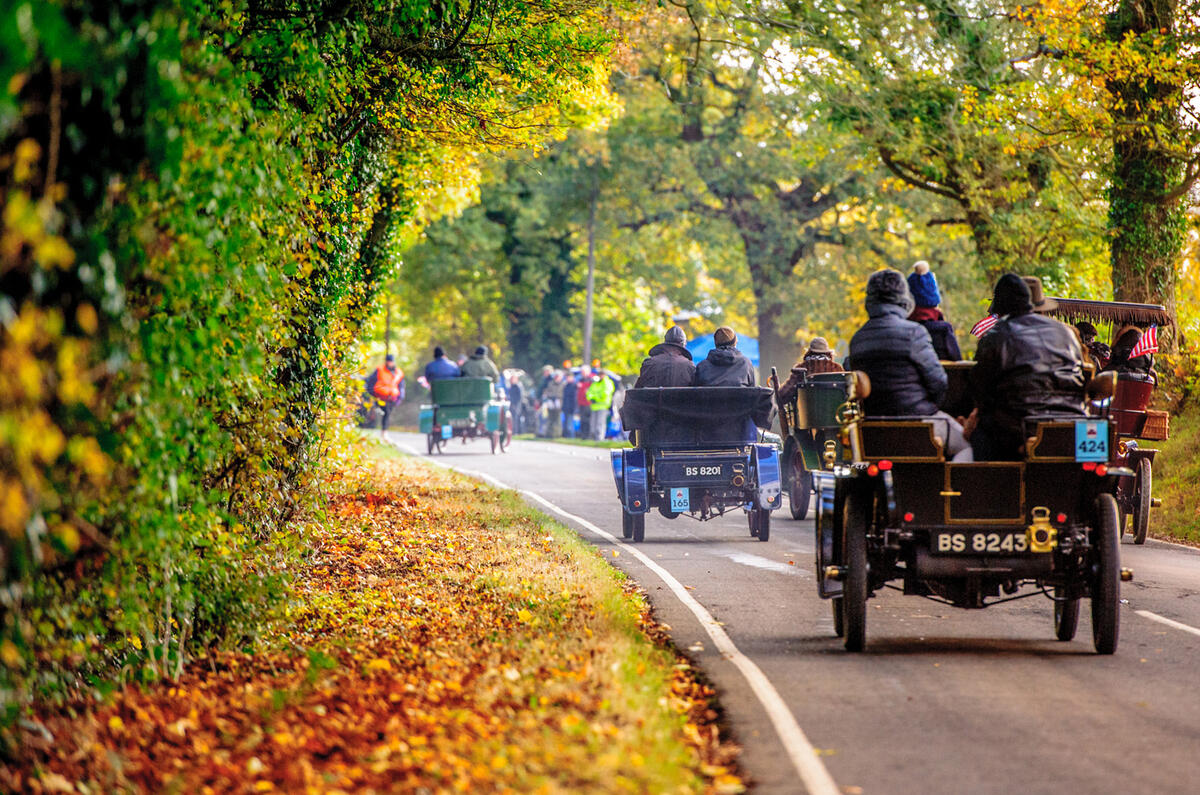
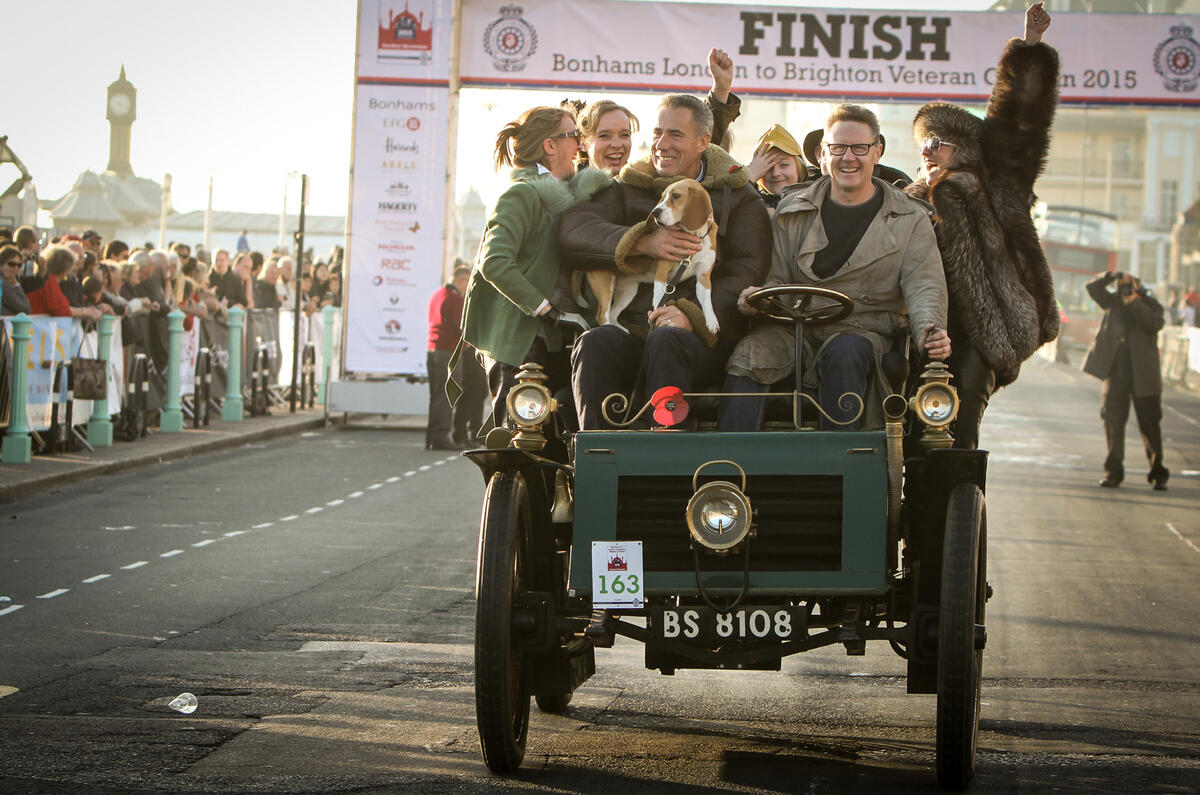
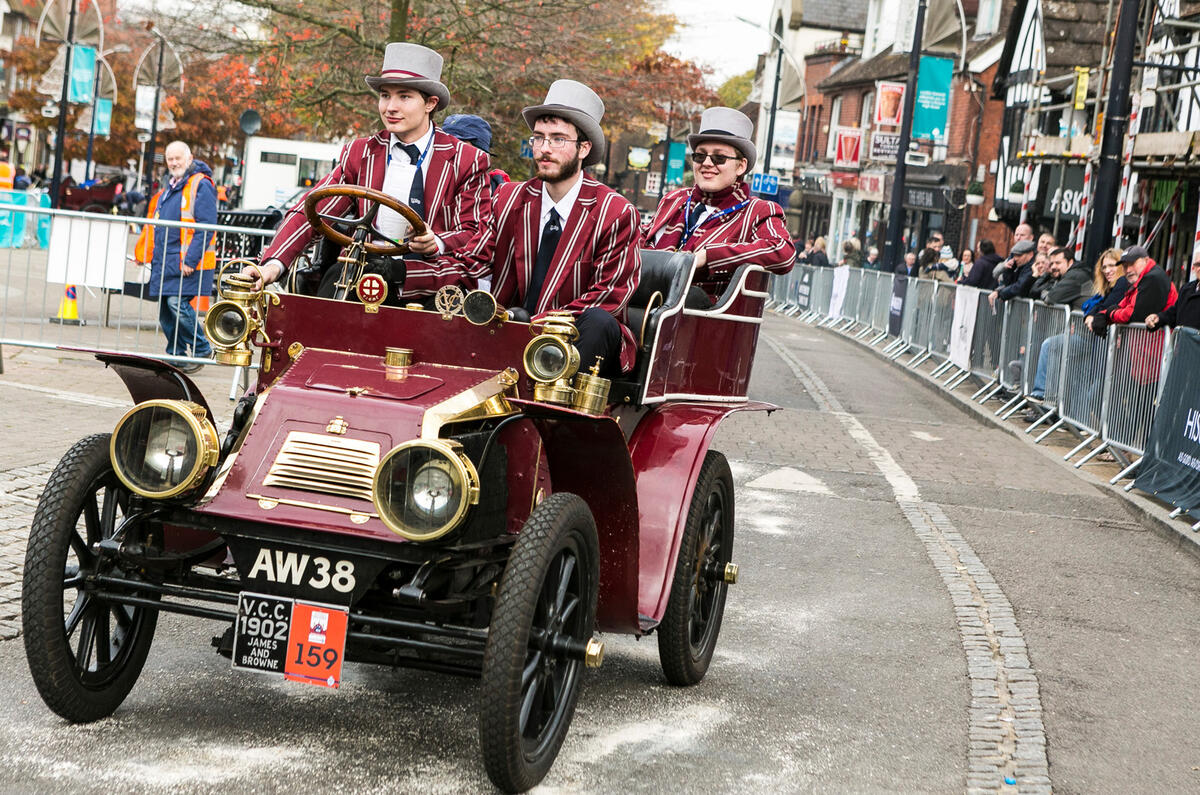

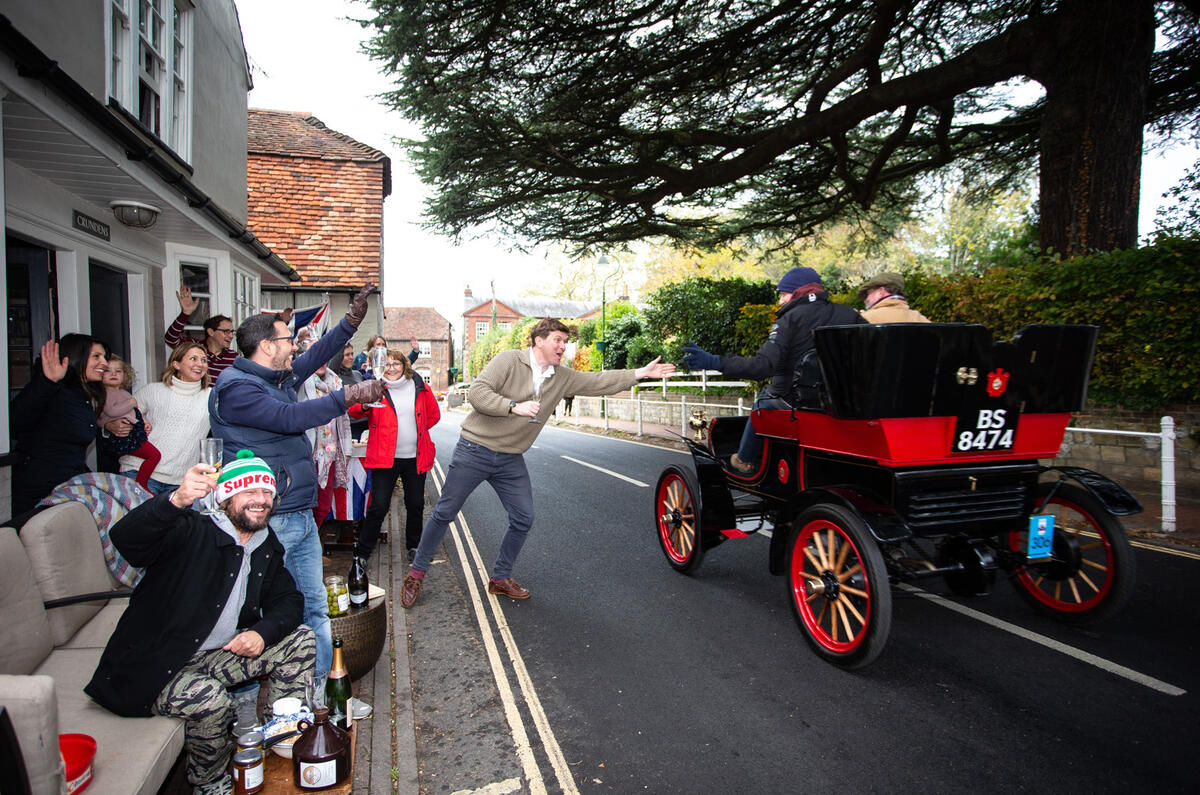

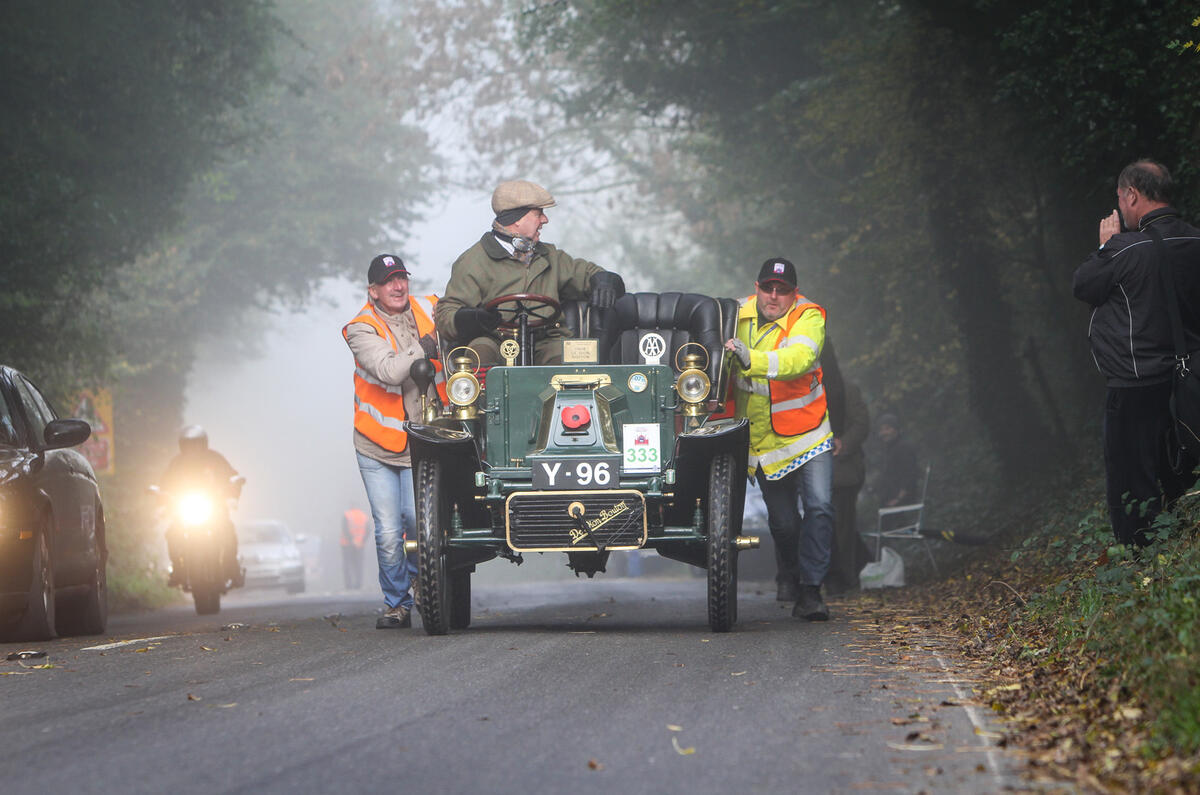
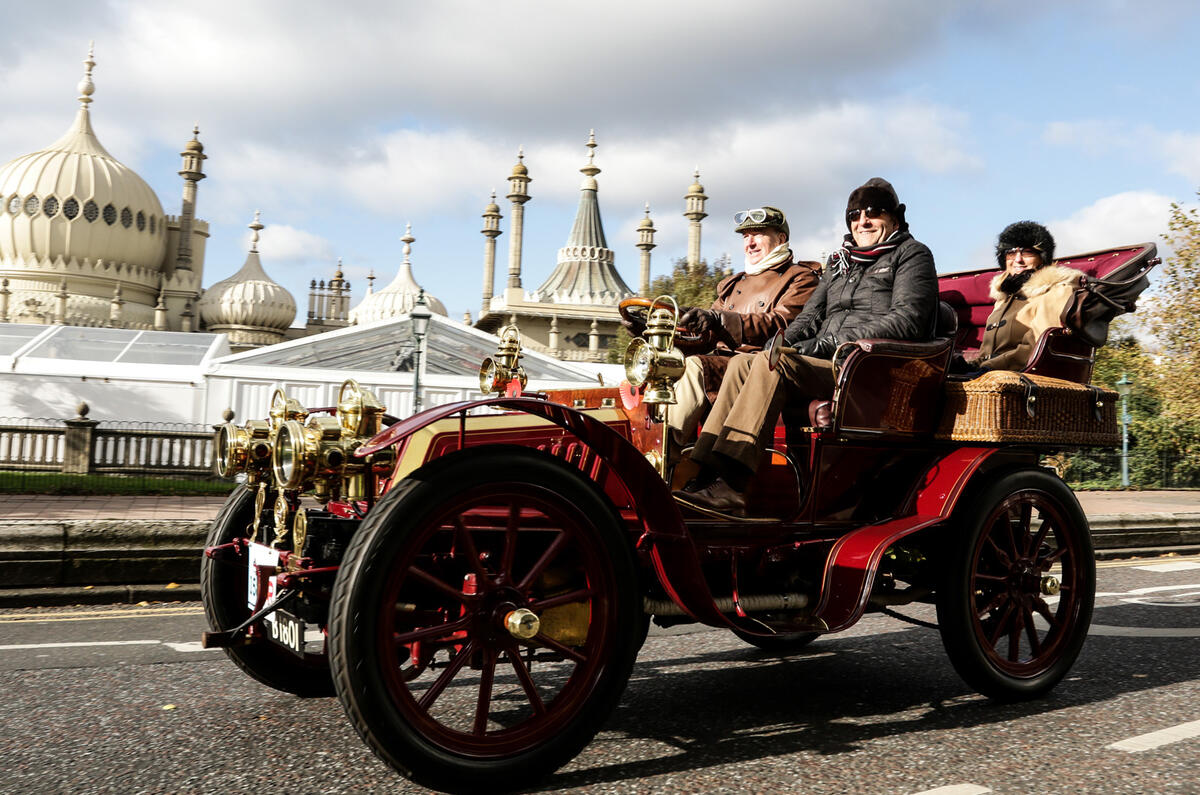
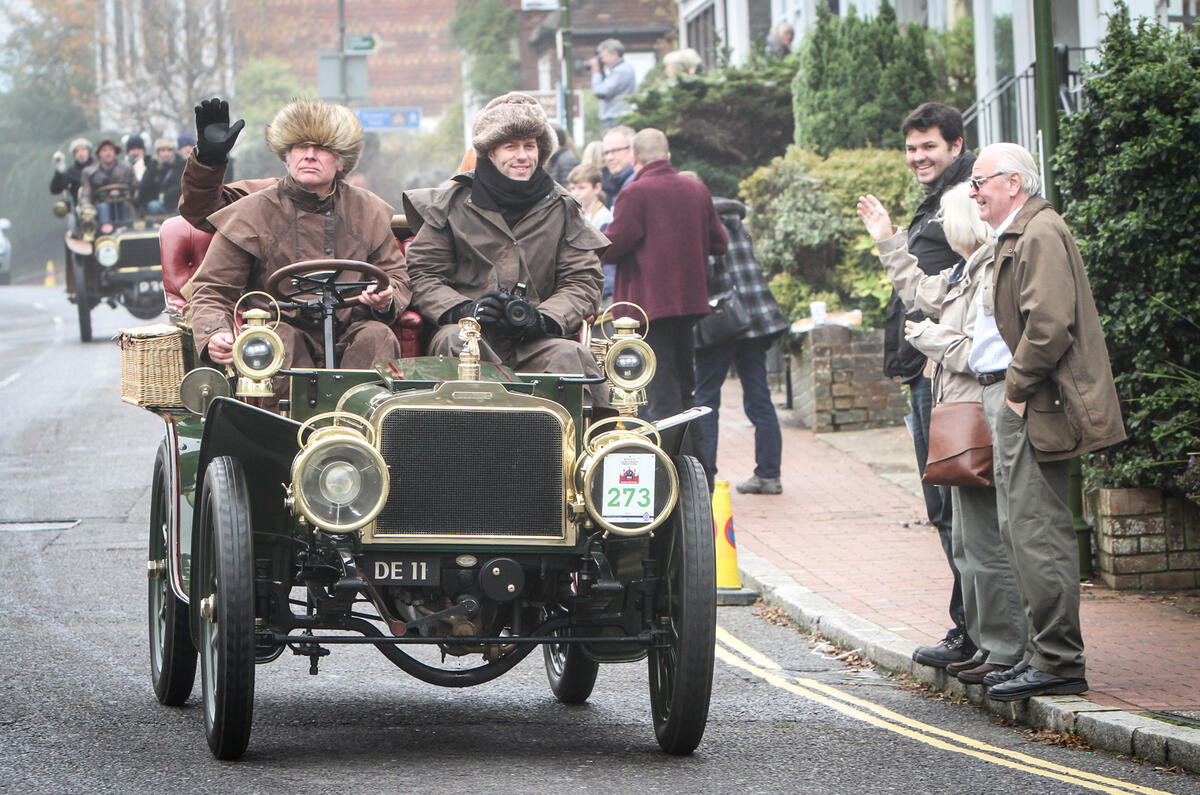
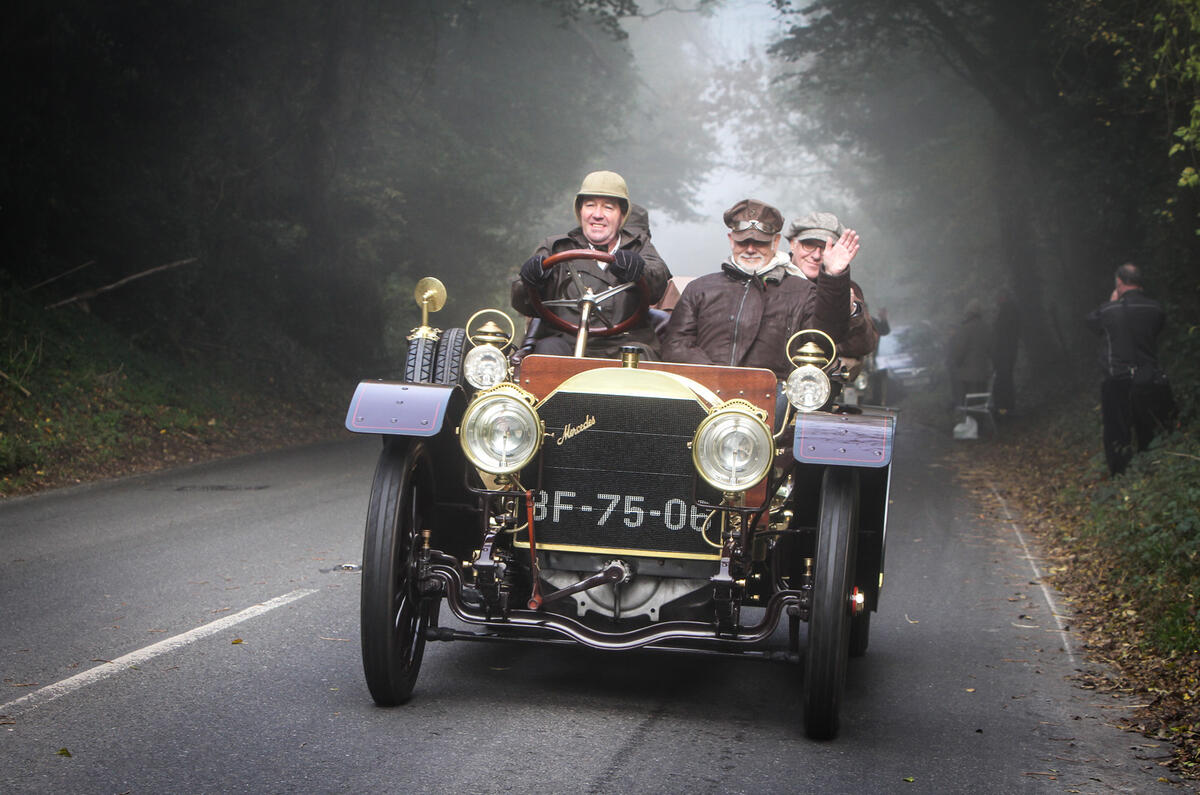

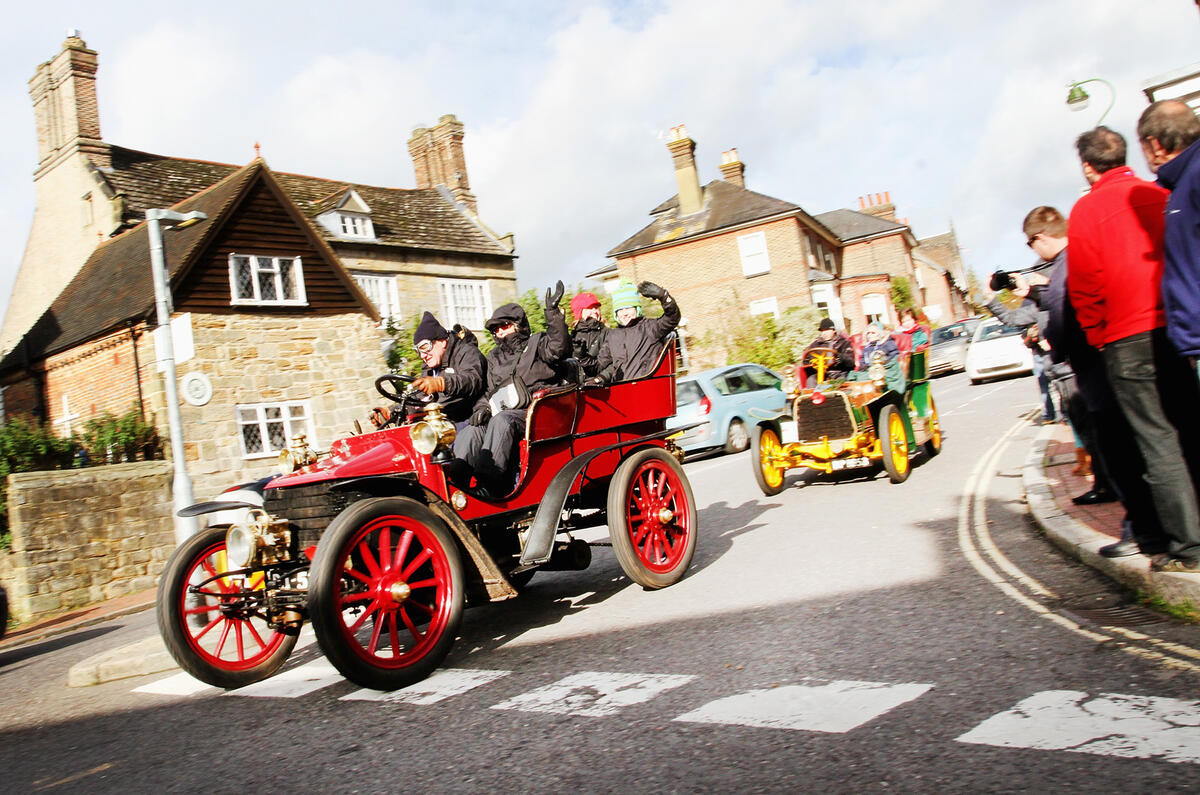
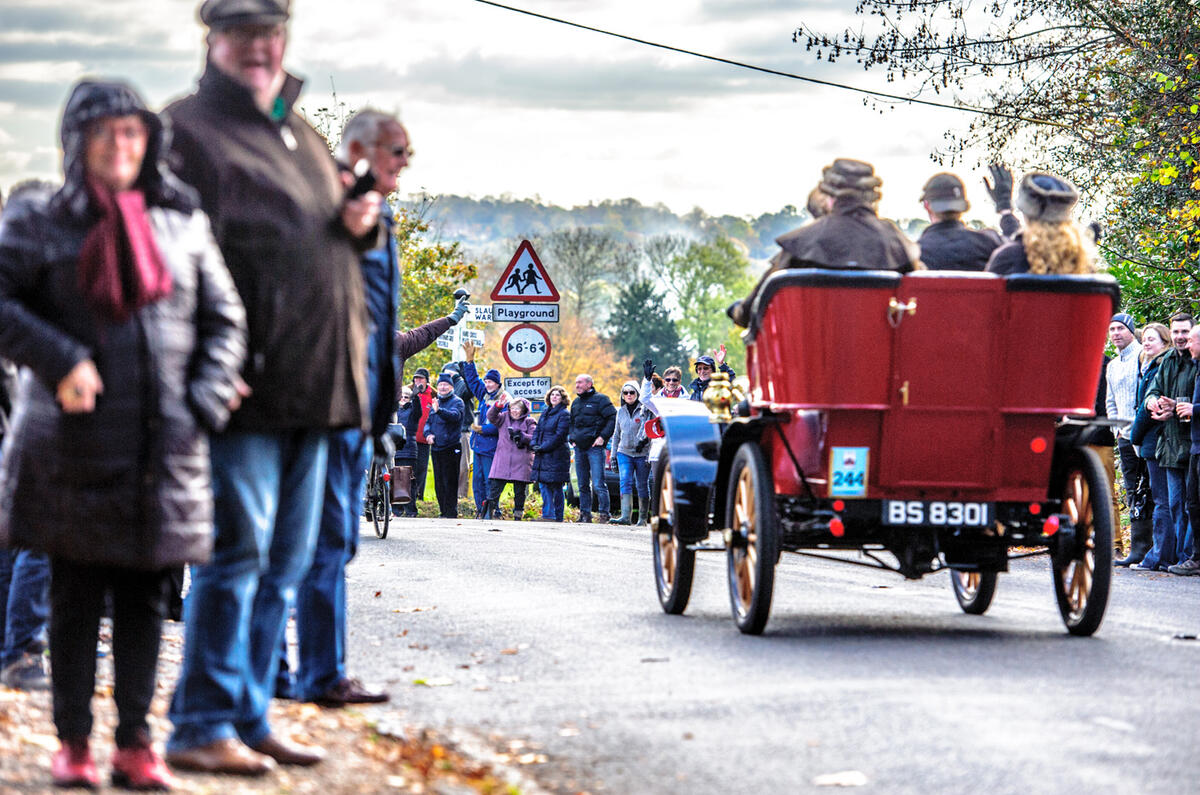
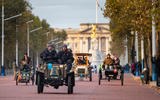

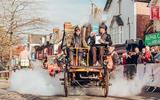

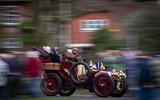
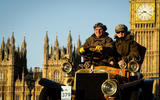

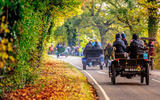
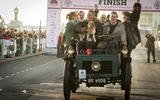
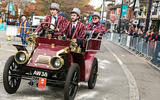
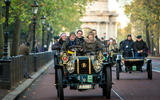
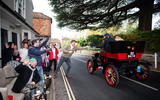
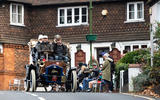


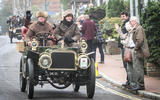
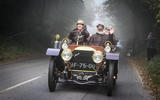
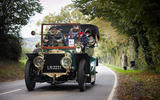
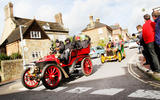
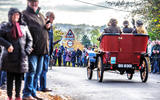

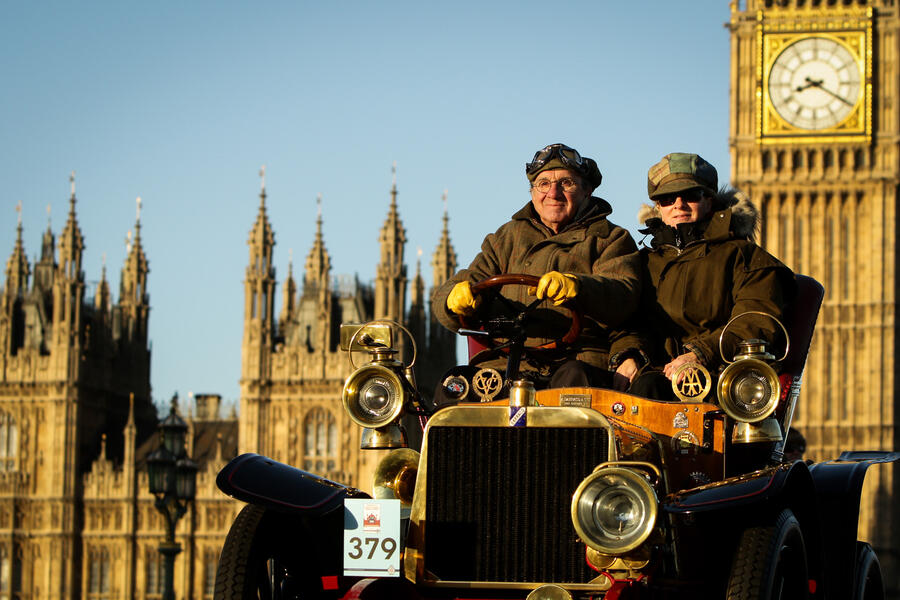
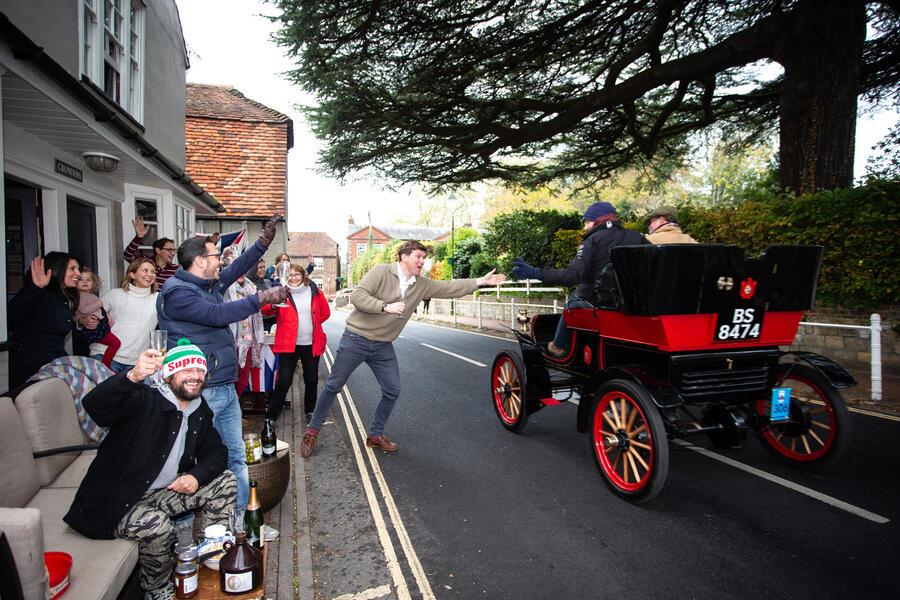
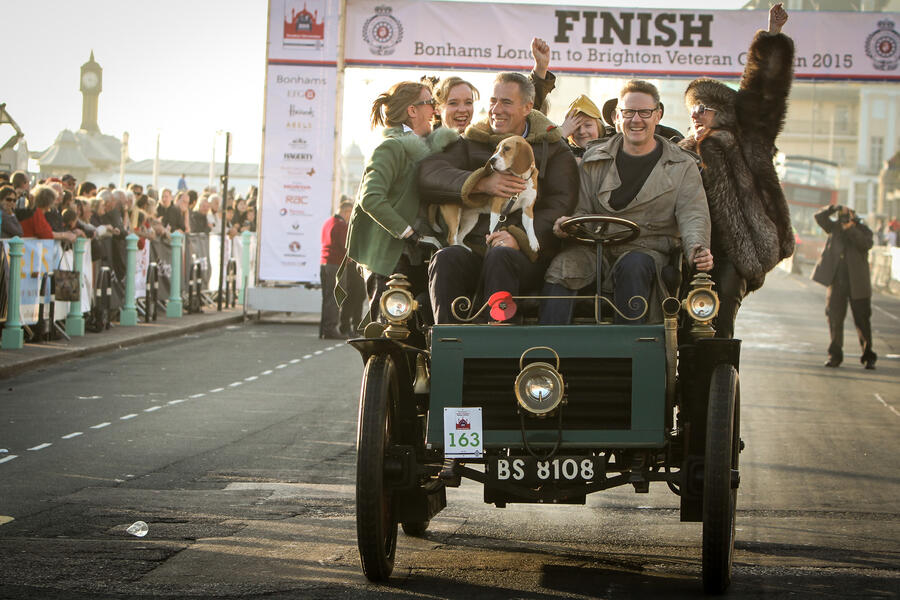

Add your comment